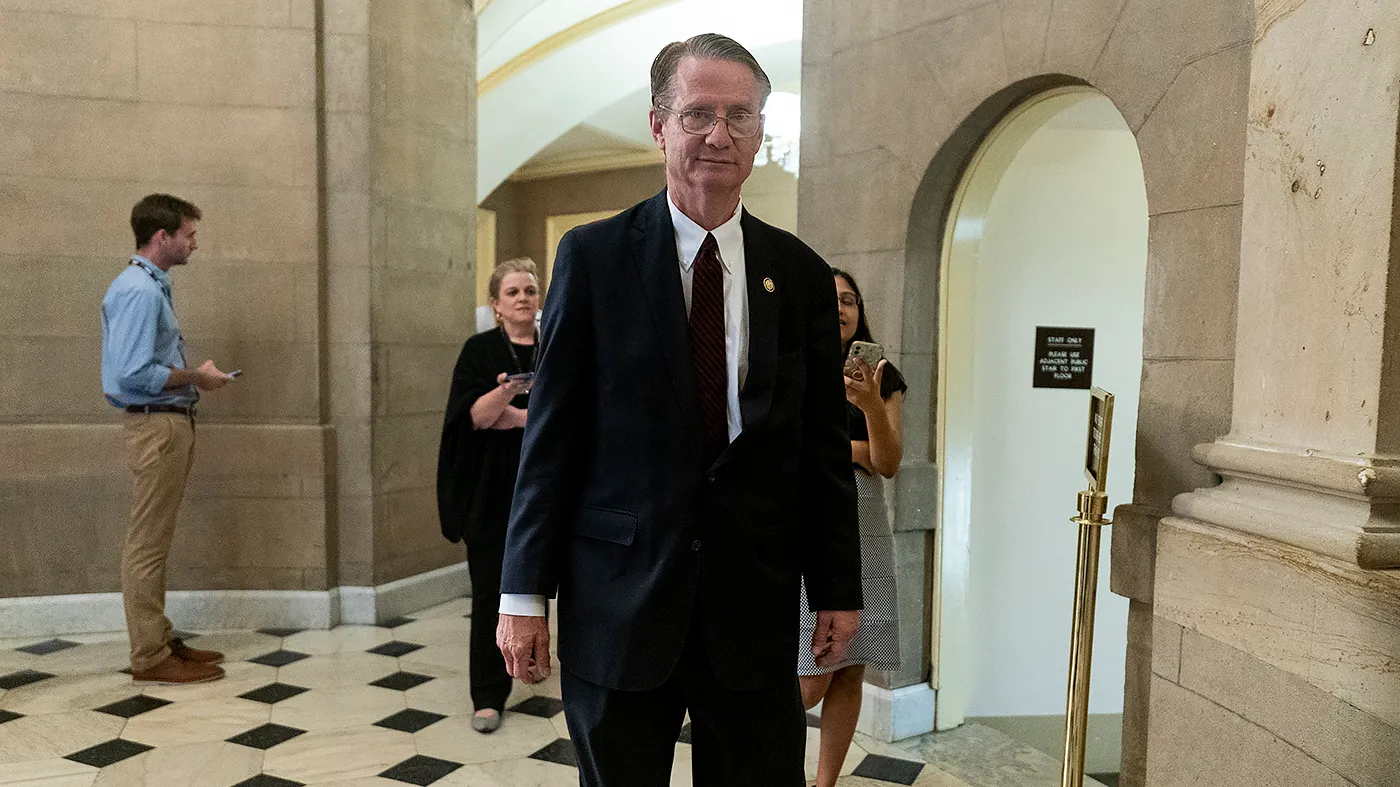UK’s Pension Reform Plan Sparks Industry Backlash Over Investment Mandates
UK’s Pension Reform Plan Sparks Industry Backlash Over Investment Mandates
By
David Goldfarb
Last updated:
June 25, 2025
First Published:
August 3, 2025

Photo: The Times
Britain’s Pension Overhaul Faces Resistance: Inside the Controversy
The UK government’s ambitious plan to reshape retirement savings by steering more pension money into private markets and British assets is drawing significant pushback from industry leaders, local authorities, and investment experts.
At the heart of the issue is a mandate that defined contribution (DC) pension providers invest 10% of their workplace portfolios in private markets by 2030, with at least half of that reserved for UK-based assets. While this reform is meant to boost long-term national growth and support infrastructure investment, many in the sector see it as overreach.
The Mansion House Reforms: A $100 Billion Pivot
The plan traces back to July 2023, when then-Chancellor Jeremy Hunt unveiled the “Mansion House Reforms,” named after the residence of London’s Lord Mayor. The objective: unlock £75 billion ($102 billion) from DC and local government pension schemes for long-term investment in infrastructure, private equity, and startups.
Citing the UK's underperformance compared to peers like Australia, where pension funds invest 10 times more in private markets, Hunt stressed that Britain’s £2.5 trillion pension market wasn’t working hard enough for its savers.
Backed by finance titans like JP Morgan CEO Jamie Dimon and Barclays CEO C.S. Venkatakrishnan, the initiative gained momentum. Nine of the UK’s biggest DC pension firms signed the initial “Mansion House Compact,” committing to allocate 5% of assets to unlisted investments by 2030.
A Change in Leadership—And Strategy
When Rachel Reeves took over as Chancellor in July 2024, she vowed to carry the reforms forward. That promise soon included an even more sweeping idea: the formation of “megafunds” by consolidating 86 local government pension schemes into eight massive investment pools, each averaging £50 billion in assets.
The idea was inspired by Australia’s superannuation system and Canada’s Ontario Teachers’ Pension Plan, both of which enjoy economies of scale and invest heavily in private markets.
While the megafund proposal could improve efficiency and boost returns, local governments raised alarms over losing control of their investment decisions—and the threat of job losses among public pension administrators.
Voluntary Accords Turn to Mandatory Allocations
In May 2025, 17 of the UK’s largest DC pension schemes signed an expanded agreement—the Mansion House Accord—pledging to invest 10% of portfolios in private markets and 5% specifically in UK assets by the end of the decade.
But enthusiasm began to cool when the government revealed its “backstop provision”: a legal mechanism allowing it to impose binding asset allocation rules if pension providers fail to meet voluntary targets.
Critics argue this amounts to government micromanagement of private investments. Industry voices, like Amanda Blanc, CEO of Aviva, slammed the move as a “sledgehammer to crack a nut.” The core question: Why force schemes into private markets if these investments are so lucrative?
Skepticism Around Execution and Expertise
There are logistical concerns too. Pension providers question how enforcement would work and whether the industry has the expertise to manage complex unlisted assets like venture capital or infrastructure projects.
Others highlight the irony of policymakers—who enjoy generous, taxpayer-backed defined benefit pensions—encouraging everyday savers to take on higher investment risks.
Even Scottish Widows, the UK’s second-largest pension provider, showed its hesitation. After skipping the 2025 Accord, the firm announced it would cut UK equities in its top growth portfolio from 12% to just 3%, sparking debate over commitment to domestic investment.
A Market Rebound That’s Being Ignored?
Ironically, the pension shake-up comes at a time when UK equities are outperforming global benchmarks. The FTSE 100 has outpaced both the Stoxx Europe 600 and the S&P 500 so far in 2025.
This resurgence has drawn renewed interest from U.S. investors, with some trading desks seeing their busiest days in over 20 years. Yet the reforms seem more focused on private markets than capitalizing on the momentum in public equities.
The Cost of Tax Relief and the Government’s Defense
Supporters of the reforms argue that taxpayers deserve a return on the massive public subsidy. In 2022–2023, the government provided £46.8 billion in pension tax relief, making it reasonable, they argue, for officials to steer investments toward UK growth.
Still, institutions push back, citing the 0.5% stamp duty on UK share purchases as a barrier to domestic investment. Many argue that if the government wants more UK investment, it should reform capital markets instead of mandating allocations.
A Divided Vision for Retirement Investment
What’s emerging is a clear disconnect between policymakers and pension managers. Both sides agree that more domestic investment is needed, but differ sharply on how to get there.
Rachel Reeves insists the backstop may never need to be activated. But trust is wavering—and with some providers already pulling back from UK equities, the policy risks having the opposite effect.
Ultimately, this reform effort is shaping up to be one of the most significant—and divisive—overhauls to the UK pension system in a generation.
Popular articles
Subscribe to unlock premium content
Why Mauritius Is Leading the World in Luxury Underwater Hotel Experiences

The Evolution of Mercedes-Benz From Karl Benz’s First Motorcar to Today’s Luxury and Electric Innovations

The Secret Coffee Economy of Yirgacheffe, Ethiopia, and Its Global Influence

Why Mauritius Is Leading the World in Luxury Underwater Hotel Experiences

The Evolution of Mercedes-Benz From Karl Benz’s First Motorcar to Today’s Luxury and Electric Innovations

Why Mauritius Is Leading the World in Luxury Underwater Hotel Experiences









